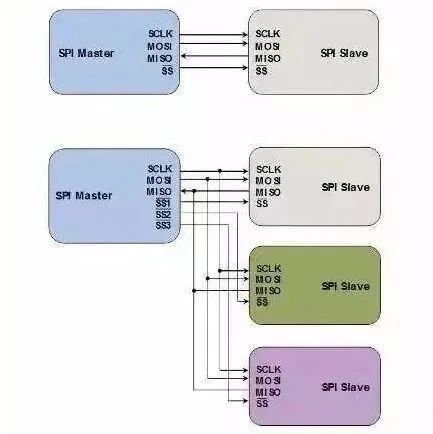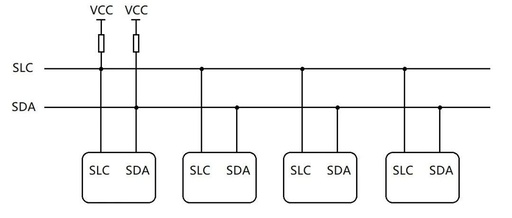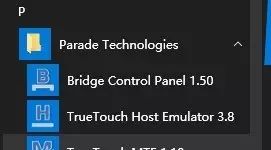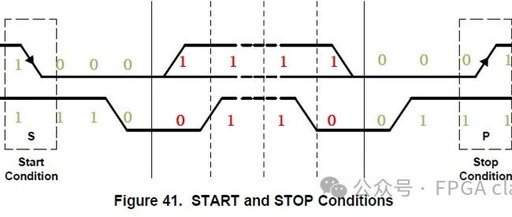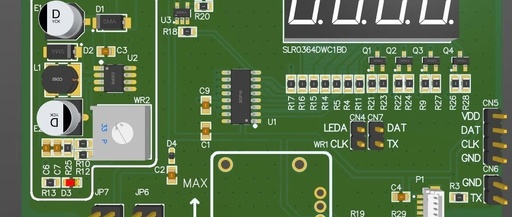Comprehensive Comparison of Communication Protocols IIC and SPI
In today’s low-end digital communication applications, we frequently encounter IIC (Inter-Integrated Circuit) and SPI (Serial Peripheral Interface). The reason is that these two communication protocols are very suitable for short-distance, low-speed communication between chips. Philips (for IIC) and Motorola (for SPI) developed these two standard communication protocols based on different backgrounds and market needs. IIC … Read more
